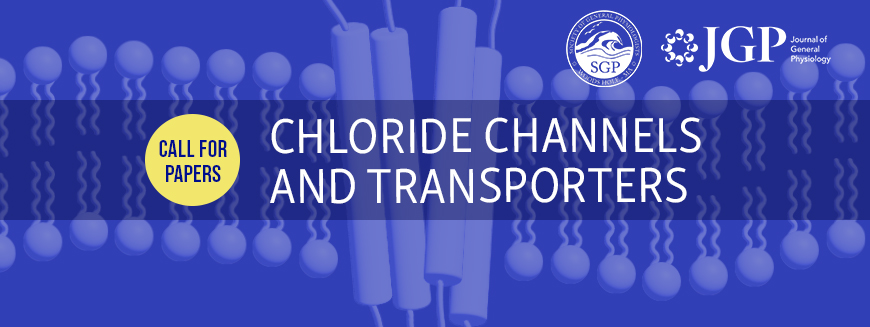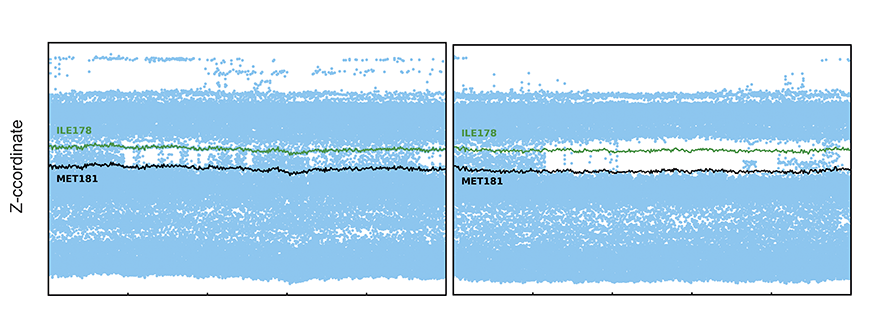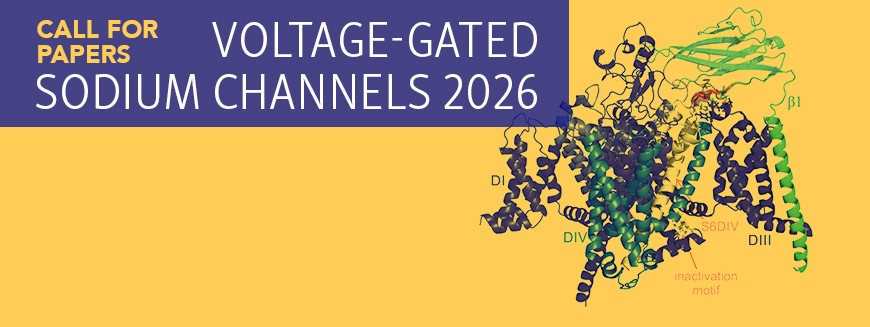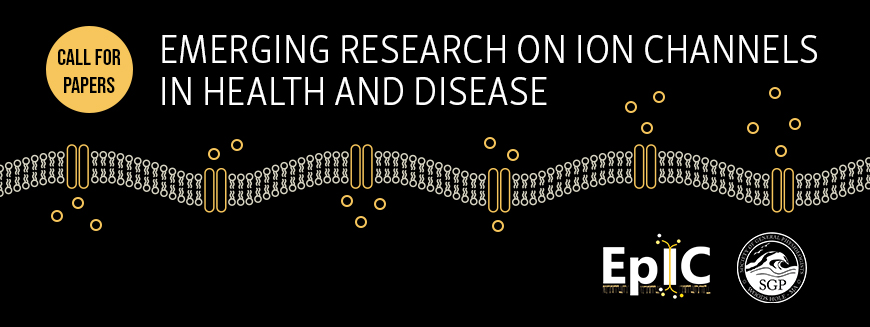Skip Nav Destination

-

Submit your best papers:
Guest editors are Anne Carlson and Zhaozhu Qiu, with JGP Associate Editor Joe Mindell. Learn more.
Newest Articles
Article
|
December 03 2025
James S. Lotti, Jed T. Syrenne, Avery J. Benton, Ahmad Al-Mousawi, Lauren E. Cornelison, Christopher J. Trolinder, Feng Yi, Zhucheng Zhang, Cindee K. Yates-Hansen, Levi J. McClelland, James Bosco, Andrew R. Rau, Rasmus P. Clausen, Kasper B. Hansen
Article
|
December 02 2025
Akshay Sharma, Christopher Marra, Nomon Mohammad, Vasilisa Iatckova, Lillian Lawrence, Mitchell Goldfarb
Article
|
November 25 2025
Yu Zhou, Vivian Gonzalez-Perez, Xiao-Ming Xia, Gopal S. Kallure, Sandipan Chowdhury, Christopher J. Lingle
Article | Contractile Function
|
November 19 2025
Alejandro Alvarez-Arce, Geena E. Fritzmann, Hope V. Burnham, Kelly N. Araujo, Alexandra Peña, Lucas M. Wittenkeller, Hannah E. Cizauskas, David Y. Barefield
Methods and Approaches
|
November 18 2025
Junxian Zhou, Rizki Tsari Andriani, Natsuki Mizutani, Kohei Yamamoto, Daisuke Yoshioka, Akira Kawanabe, Takafumi Kawai, Yoshifumi Okochi, Yasushi Okamura
Article
|
November 11 2025
Francisco Jaque-Fernandez, Léa Demesmay, Romane Idoux, Christine Berthier, Vincent Jacquemond, Bruno Allard
Article
|
November 05 2025
Daniela De Giorgis, Guido Mellado, Jose Antonio Garate, Alan Neely
Reviews & Opinions
Editorial | Voltage-Gated Na Channels
|
October 10 2025
Hugues Abriel, Angelika Lampert
Most Read
Voltage-Gated Na Channels
Sensory neuron sodium channels as pain targets; from cocaine to Journavx (VX-548, suzetrigine)
Advertisement

Special Collections
Highlighting recent articles addressing a wide range of biophysical questions.
View Collections >

















